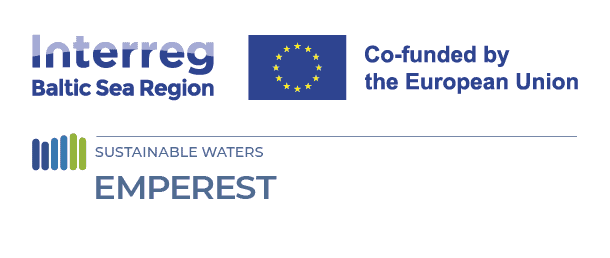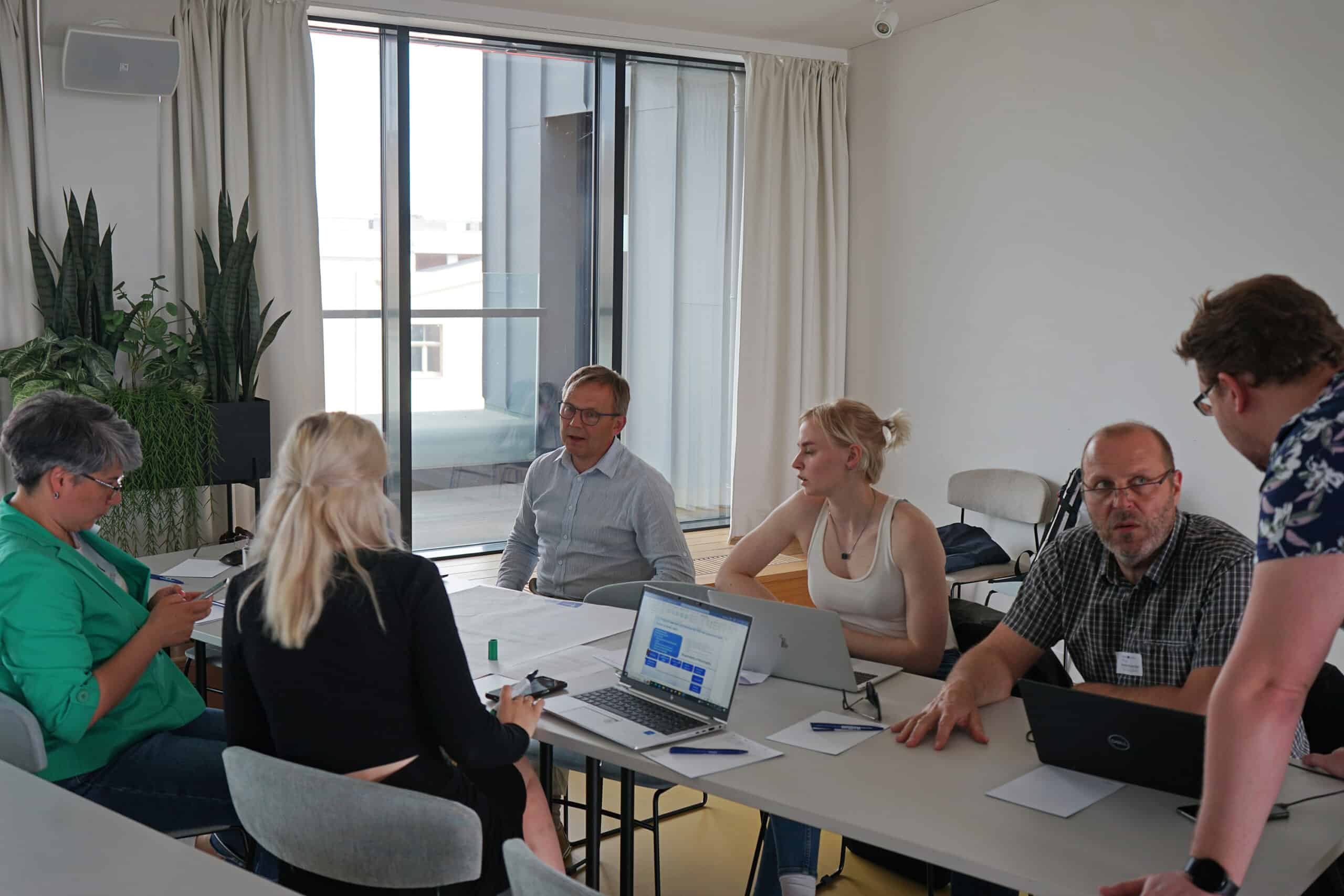
Co-developing PFAS risk assessment plans in Riga
07 June 2023
Per- and polyfluroalkyl substances (PFAS) are a large group of manufactured chemicals widely used for the past 80 years to make products resistant to heat, water, stains, and grease. Within the EMPEREST project, the process of identifying potential risks on the municipal level started in Riga on 25-26 May 2023 with a series of workshops for the project consortium and invited local experts.
The success of the workshops was due to involving many active participants from various fields. Over 45 participants altogether, they represented experts from municipalities and water utilities, academia, national and regional decision-makers, bringing a variety of contexts and knowledge to the discussion table.
The workshop meeting was opened with greetings from Riga City Council with Nika Kotoviča highlighting the aims of the city to become sustainable, smart and climate-neutral by 2030, as Riga is one of the 100 EU Mission Cities. Addressing this goal, the city strives to ensure its citizens are happy, healthy and not affected by threats – which among others include the environmental pollution. Thus, Riga is a goal-oriented partner in the EMPEREST project, leading the activities related to the development of local PFAS risk assessment framework.
PFAS pollution is a highly complex subject. First invented in 1938, 10 years later the first of these extremely heat-tolerant and stick-resistant substances will be named “Teflon”. Nowadays, we know about over 10 000 PFAS substances, but there are many more, just as the range of their sources varies. The presentation by the expert from Riga Technical University Kamila Gruškeviča was dubbed “apocalyptic”: the PFAS sources include textile and upholstery, metal products and food packaging, ski wax and cosmetics, air conditioning and paper production, airports and aviation, and – more.
So, how to map and evaluate PFAS-related risks from the municipal perspective? One should start with the identification of industries – potential PFAS producers and users within a municipality of interest. Is there anything that comes to mind for your city? Since PFAS were found even in remote locations, it is clear that some pollution sources exist in all cities.
The meeting in Riga was dedicated to PFAS risk assessment. A series of workshops made in groups working on model cities tested the identification of possible pollution sources and their subsequent evaluation from the potential risks point. This lays the foundation for the later risk assessment plan, which will be available for testing in interested BSR cities within the EMPEREST project.
After the conceptual co-creation discussions, on the second day the participants got to exchange also the technological knowledge during the site visit to the Riga Water’s wastewater treatment station “Daugavgriva”.








